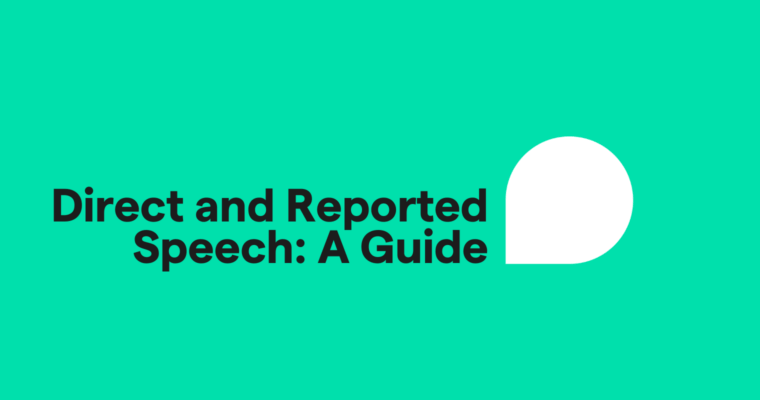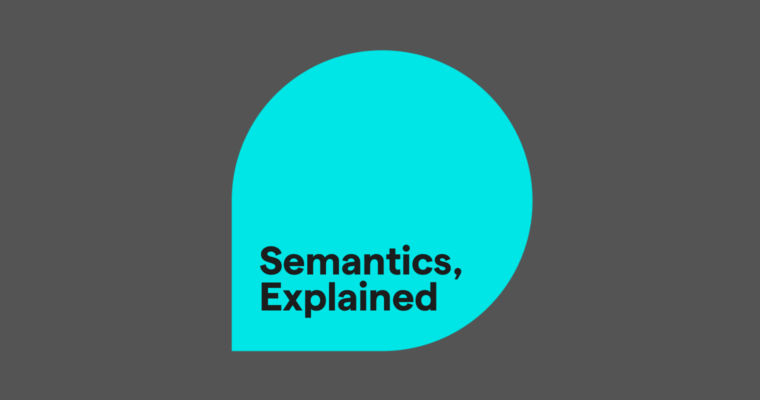
She pulled . . .
If you read this phrase in the first lines of a novel, would you know what type of story you were about to read? What did she pull? Is the book a murder mystery or a romance? Did she pull the trigger? Did she pull a card from her pocket and leave it on the handsome man’s table? We don’t know! In both sentences, the verb pull functions as the primary element of the predicate. However, verbs can be transitive or intransitive. What’s the difference? What sort of verb is “pull”?
First, let’s look at the definition of transitive. It means “affecting something else.” It’s easy to identify transitive verbs because they affect a direct object. That’s the reason “she pulls” sounds unfinished without a direct object. Transitive verbs need a direct object to receive their action. If the direct object is a pronoun, make sure you use the right form.
Intransitive is the opposite of transitive. Intransitive verbs complete their action without a direct object. You can end a sentence immediately after an intransitive verb without it sounding unfinished.
Though no direct object will ever follow, complements in the form of adjectives, adverbs, or prepositional phrases may accompany an intransitive verb.
There’s another difference between transitive and intransitive verbs. Intransitive verbs can never be written in the passive voice. Just try it! The package was arrived. The tsunami was happened. It just doesn’t work, does it? Let’s try it again with some transitive verbs.
Some verbs, such as arrive, die, snore, sneeze, and fall, are always intransitive. Other verbs, such as recognize and merit, are always transitive. Many verbs, however, can be used both ways.
In the first sentence, the verb refuse appears as a transitive verb. The direct object, the application, answers the question of what the clerk (the subject of the sentence) refused. In the second sentence, the verb refuse is an intransitive verb. Though some other information follows the subject and verb, the sentence could end after “refused.” In English Grammar for the Utterly Confused, Laurie Rozakis gives this quick tip: “To determine if a verb is transitive, ask “[whom]” or “what” after the verb. If you can find an answer in the sentence, the verb is transitive.”
Handily, most dictionaries identify verbs as transitive or intransitive using the abbreviations tr (transitive) or intr (intransitive). In some cases, the transitive or intransitive nature of the verb changes the meaning. Pull, if you are talking about inhaling through a pipe or rowing, can be used without an object. The Longman Dictionary of Contemporary English defines another verb in three different ways. As an intransitive verb, refuse means “to say firmly that you will not do something that someone has asked you to do.” Our second example above fits this description. The dictionary defines the transitive verb refuse as “to not give or allow someone something that they want, especially when they have asked for it officially.” Our first example illustrates this definition.
Some writers, especially non-native speakers, make mistakes when they use transitive verbs intransitively, creating incomplete sentences. And even native English speakers are sometimes unaware that the intransitive version of a transitive verb may have a slightly different meaning.
How can you discern what kind of verb a sentence contains? All you need to do is look for a direct object to tell the difference between intransitive and transitive verbs. And remember, sentences with the passive voice have transitive verbs. Armed with this knowledge, will you always follow your transitive verbs with direct objects? If so, you will never leave your befuddled readers wondering what she pulled!






